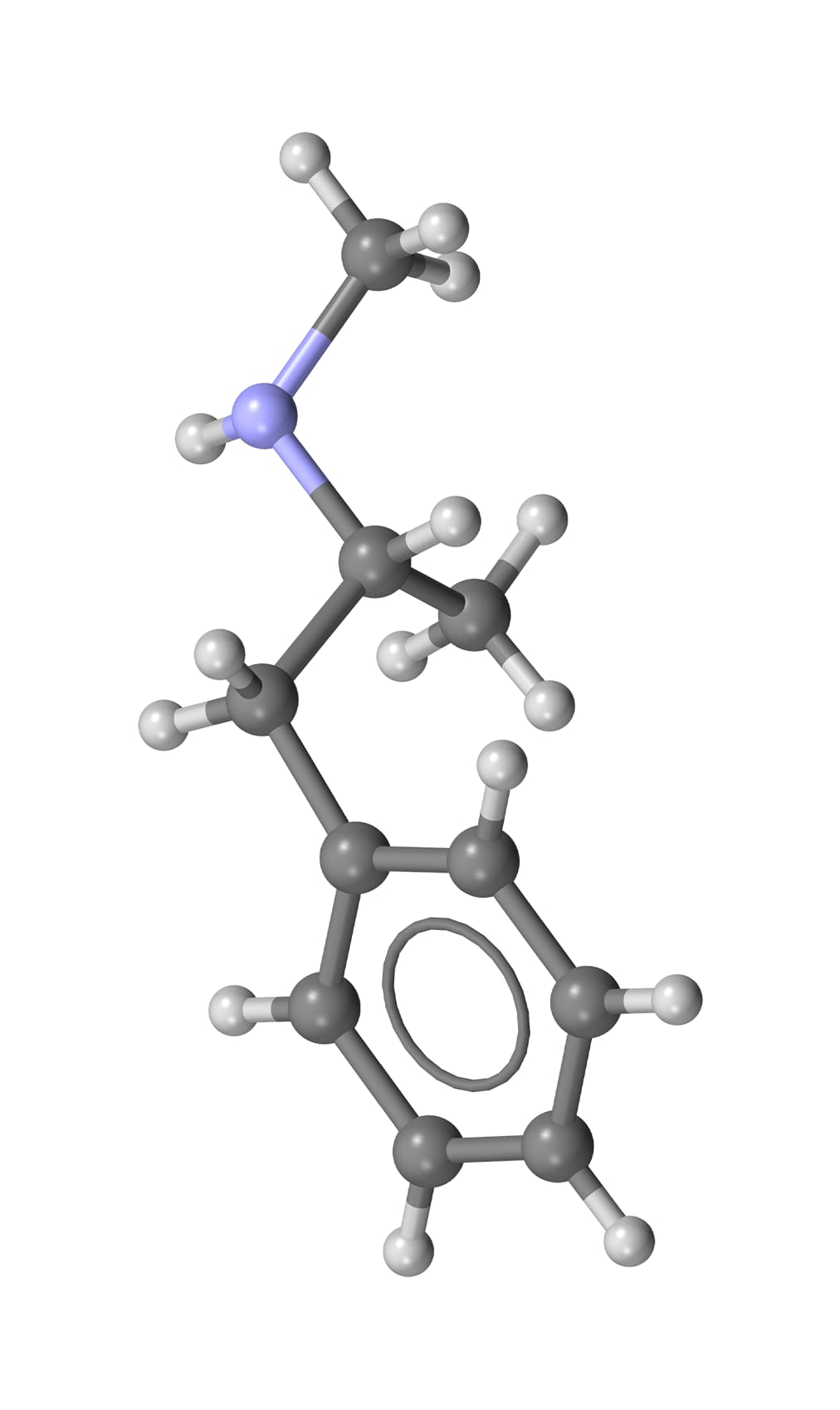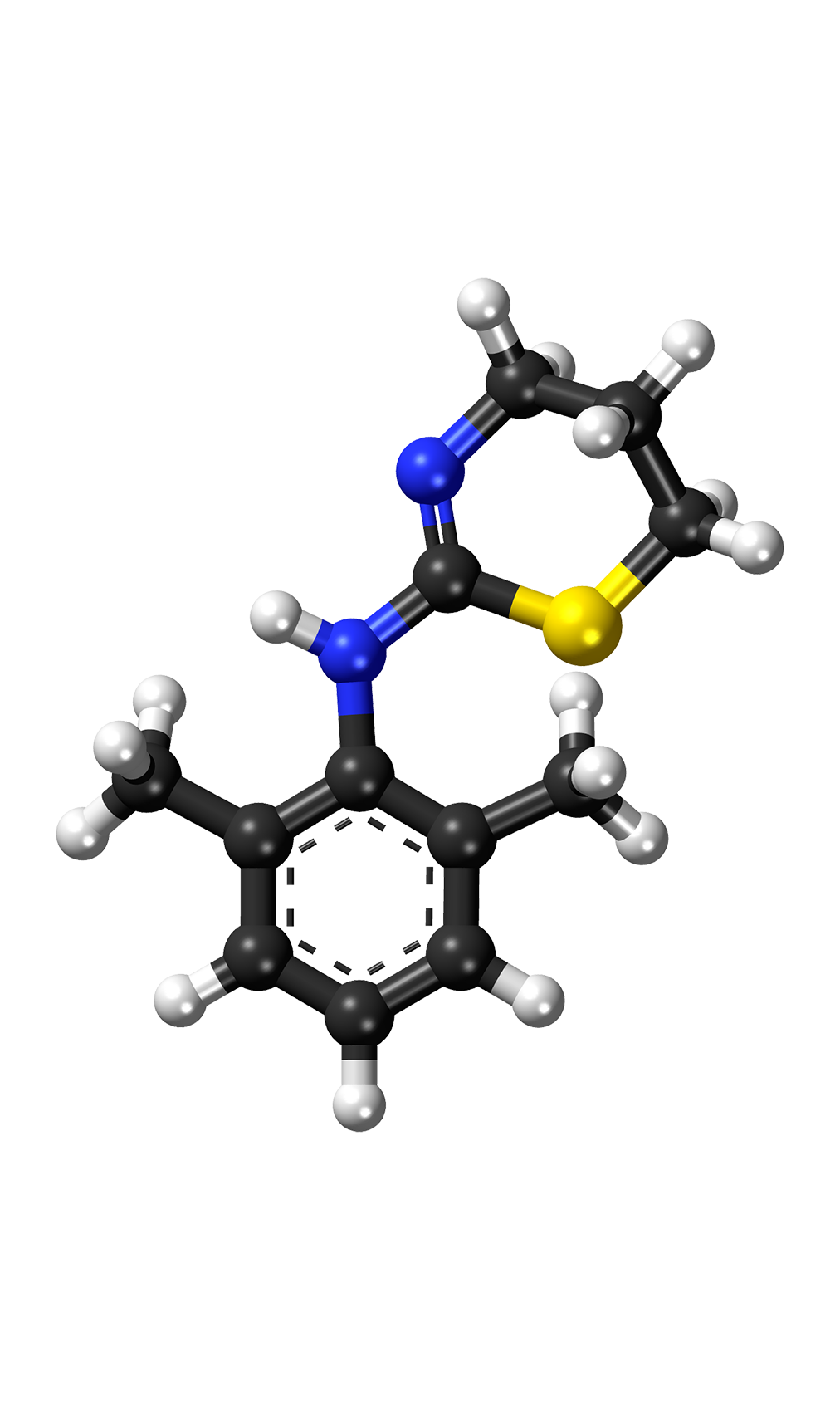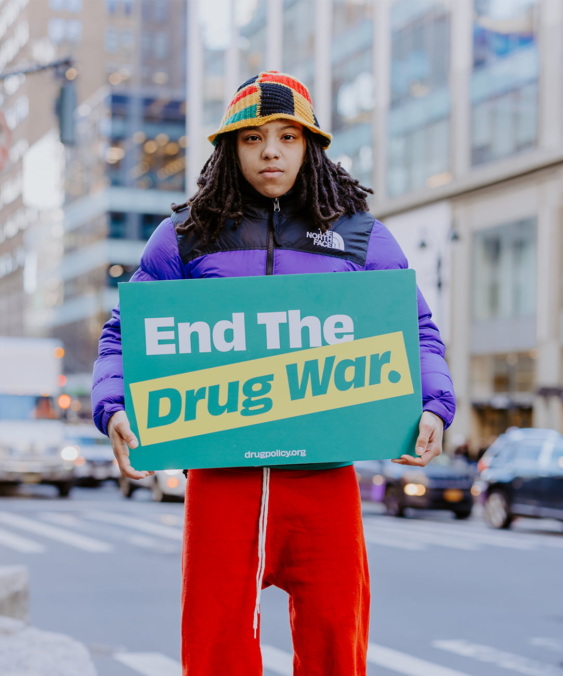Back to Drug Facts
9 Facts About Meth
We need a health approach to methamphetamine (meth).
Use the quick fact finder or arrow to learn more about methamphetamine, or download our methamphetamine (meth) factsheet (PDF).


